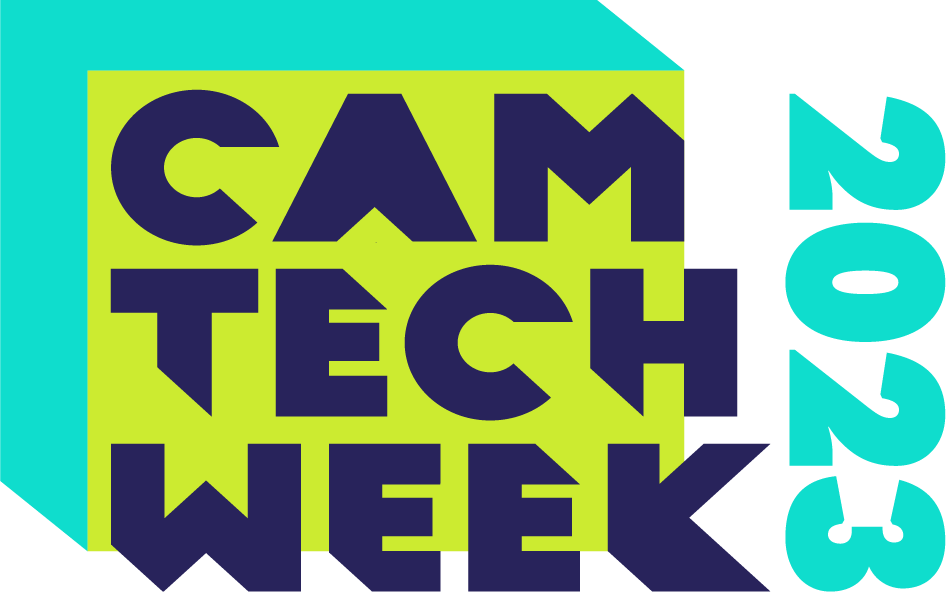Yesterday’s review of day one at Slush focused on the various ways in which technology has the power to drive fundamental change that makes the world a better, safer, and more sustainable place for all. Now, as I sit in an O’Leary’s Irish bar in Helsinki airport waiting to be assigned a gate for our delayed flight back to London, I want to focus in my day two roundup on some of the more practical insights for startups that I’ve taken from sessions over the past two days.
What can corporate venture capital bring to the table?
Back on day one, it was interesting to hear the head of Salesforce Ventures talk about the approach that the software giant’s corporate venturing arm takes to investing in startups. Perhaps most interesting was the fact that Salesforce Ventures — and, he thought, corporate venturing arms in general — seldom invests in a startup with a concerted view towards an eventual acquisition. While an institutional venture capital investor will back a company predominantly on the back of perceived long-term return from a sale or IPO, corporates are much more interested in using an investment to foster closer relationships with innovative product teams and becoming large-scale customers of the startups they invest in.
That’s also part of the reason corporate venturing arms may typically shy away from leading rounds into startups. Salesforce Ventures, for example, will very rarely lead. It believes it would be irresponsible to send the negative signals to the market that would be interpreted if they as a lead investor failed to provide follow-on funding in subsequent rounds — which could be down to any number of factors affecting corporate priorities, rather than a change in position on the likely future success of the startup in question.
Diversity in tech: working towards a future of equal opportunity
Also on day one, the Slush Central Stage tackled the perennial issue of diversity in the technology industry. I have to admit that, when the first of three scheduled speakers on the topic was a while male startup founder, my hopes were not high — were we in for 15 minutes of excuses or, worse, denial of the problem, as is so often the case? I shouldn’t have been concerned. Kjartan Slette of Unacast cut a contrite and evangelical figure on stage as he told the story of discovering, then publicising and challenging, his own company’s diversity failings with real sincerity. Unacast took a root-and-branch approach to making itself more attractive to female applicants and more comfortable for existing female employees, which even included fundamental changes to its brand and messaging: no longer does the team refer to itself as the “Knights of the Unacastle”. The result? Over a six-month period, headcount has moved from 15 per cent female to more than 35 per cent. And Slette is well aware of the work still left to do.
Anu Jain, meanwhile, spoke passionately about her mission to use technology to address the crucial issue of women’s safety. After all, she said, reeling off statistic after scandalous statistic about the frequency of physical, sexual, and psychological violence against women, how can we advance the cause of women in the workplace while they still feel unsafe in society? Jain has launched a million-dollar prize for the development of an affordable mobile device that is able to provide immediate, discreet, automated, location-accurate emergency alerts. Safety really oughtn’t to be a luxury in the world today, but as recent revelations and the #MeToo social media campaign have confirmed, it sadly still is for so many women.
The importance of human-centred design in building successful businesses
Moving onto day two’s sessions, Jeff Veen of True Ventures took us on a whistle-stop tour of the history of digital user experience — from the early days of the web when it was still possible for a “What’s New?” page to document the new websites joining the Internet every day and the homepages of big new online brands consisted of little more than a wall of text to the present day when Google’s assigning of genders to different occupations when translating from genderless Turkish causes uproar as a sign of the entrenched cultural biases at the heart of tech development.
As technology — and the Internet in particular — has evolved from being purely the domain of experts to playing an integral role in everyone’s everyday experience, Veen argued that human-centred product design and empathy for the user has never been a more vital consideration for technology businesses. Modern consumers will reject digital products that make them aware of being “not a tech person”, or that make them feel stupid or powerless. Startups would do well, he suggested, to ensure that everyone within their businesses — whatever their level or role — has as much direct exposure to users as possible, in order to develop more customer-centric emotional intelligence and make better design decisions.
Pitch practice
As communications professionals specialising in the startup and investment world, we are constantly talking to clients, prospects, and friends of the agency about the importance of good storytelling as a startup. Get your story spot-on, and you dramatically improve your chances of securing that vital next investment. So it was reassuring to hear so much of what we say on a daily basis reiterated by Kat Malanac, a partner with Y Combinator, the famous San Francisco accelerator, in a talk at the Startup Station about best practice in pitching.
While Silicon Valley has a tendency to obsess over the number one billion, Malanac advised startups to focus at the outset on building something that one hundred people will love. Chasing big numbers early might be tempting for founders wanting to demonstrate traction, but an investor will likely be much more impressed by a smaller, but highly-engaged, group of early adopters who will serve as passionate advocates and word-of-mouth marketers than they will by a thousand lukewarm users.
When it comes to the pitch itself, clarity of vision is key. Founders should aim to distil their pitch down to a single sentence that empowers anyone they talk to about their company to go on to confidently tell everyone they meet about it. With that in mind, Malanac advises leading the with “what” of your business, rather than the “why” — many founders developed their business out of a desire to solve one of the world’s great problems, but if you are still framing that problem 30 seconds into your pitch and haven’t even touched on how you solve it, investors will have switched off already.
Perhaps somewhat controversially, Malanac suggested that the much-derided “My startup is the X for Y” formulation can actually succeed — if you get it right. X should be a household name whose business model is well known; it should be clear why Y would want an X; an Y should be a massive accessible market. Think: “Cowlar is the fitbit for dairy cows.” But of course, none of that matters if you aren’t building something that people actually want, so build an MVP as soon as possible, get it into real customers’ hands, talk to them, and refine and refine it based on their feedback.
Can the next Google be built in Europe?
The final talk I managed to take in before having to leave for the airport concerned another evergreen question: is the startup and investment ecosystem in Europe sufficient for the region to produce the next superstar technology company on the scale of Google, Amazon, or Facebook?
It’s fair to say that the compere was definitely taken aback by Pär-Jörgen Pärson from Northzone’s assertion that — as monopolies that should have been forcibly broken apart years ago — we shouldn’t be holding these companies up as models to emulate at all. He made the point convincingly, though. So if we allow these companies to continue as they are, should they really be role models? It’s not as clear-cut as it might seem: what if their ability to achieve their phenomenal scale was a product more of the “when” of their creation than of the “where”? With Google, Amazon, and friends emerging at a boom time for Internet services when there was exponentially more space in which they could make their customer land-grab, it seems reasonable to suggest that perhaps no company founded today could go on to achieve such scale in a much more crowded market, and that by holding them up as exemplars we are setting unrealistic expectations.
Final thought
One final thought I wanted to share came from the founder of gaming tech company Unity Technologies, in a fireside chat about the good, the bad, and the ugly of building a startup based on a big vision. Asked how you know when you’ve landed on what the vision should be, he said simply: “It’s when you feel love.”
There were plenty of people feeling love at Slush this year.




